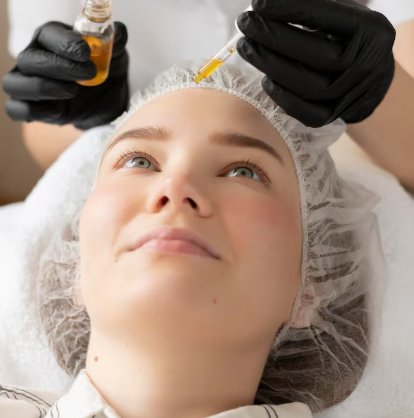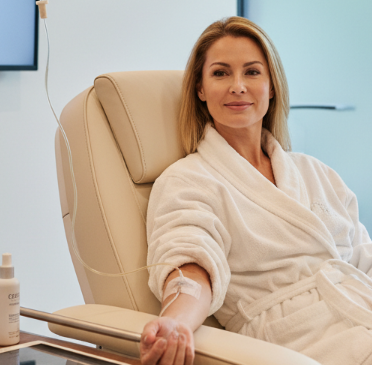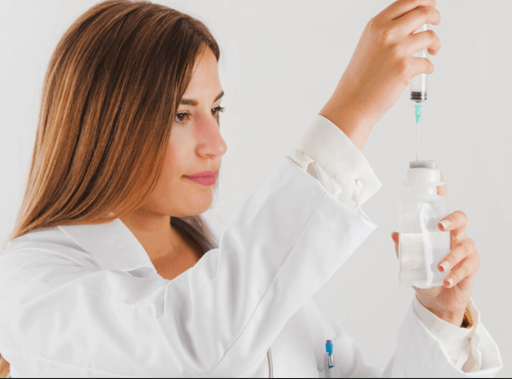Hairline correction surgery—whether through hair transplantation or scalp advancement—is a delicate procedure that requires optimal healing conditions for the best aesthetic results. That’s why many Korean hair restoration clinics provide pre- and post-operative dietary recommendations to support your recovery, minimize complications, and boost hair follicle survival.
Let’s explore what you should eat (and avoid) based on expert guidelines from top clinics in Korea.
🕒 Pre-Surgery Nutrition: 1–2 Weeks Before the Procedure
✅ What to Eat: Build Strength & Prepare for Recovery
Korean clinics recommend focusing on anti-inflammatory, immune-supportive, and nutrient-rich foods to optimize your body’s internal condition.
| Nutrient | Benefits | Korean-Friendly Food Examples |
|---|---|---|
| Lean Protein | Boosts tissue repair and collagen | Grilled tofu, eggs, lean beef bulgogi, chicken breast |
| Vitamin C | Enhances wound healing and immunity | Citrus fruits, bell peppers, strawberries, yuzu tea |
| Iron & Zinc | Supports oxygen transport & follicle growth | Spinach, oysters, pumpkin seeds, seaweed soup |
| Omega-3 Fatty Acids | Reduces inflammation & swelling | Grilled mackerel, perilla oil, walnuts |
| Hydrating Fluids | Prepares body for anesthesia and reduces dryness | Barley tea, water, cucumber-infused drinks |
❌ What to Avoid:
| Food or Ingredient | Reason for Avoidance |
|---|---|
| Alcohol | Dehydrates body and can interfere with anesthesia or bleeding control |
| Caffeine (in excess) | Can increase blood pressure and stress hormone levels |
| Processed or salty foods | May lead to bloating, inflammation, or poor circulation |
| Supplements like Vitamin E, Ginkgo, or Garlic pills | Increase bleeding risk—should be paused 1 week before surgery |
| Smoking or nicotine products | Severely restricts blood flow and impairs healing—strongly discouraged |
🕒 Post-Surgery Nutrition: First 7–14 Days After Hairline Correction
✅ What to Eat: Promote Healing & Minimize Inflammation
Korean surgeons emphasize anti-inflammatory, soft, and healing-focused foods that don’t cause digestive strain or disrupt your scalp’s recovery.
| Food Group | Purpose | Korean Examples |
|---|---|---|
| Soft proteins | Promote wound repair | Tofu stew (순두부찌개), steamed fish, poached eggs |
| Vegetables (cooked) | Provide fiber without bloating | Blanched spinach, pumpkin porridge, boiled carrots |
| Whole grains | Energy source with fiber | Multigrain rice (잡곡밥), barley, brown rice porridge |
| Broths & soups | Hydration + nutrition | Seaweed soup (미역국), ox bone soup (설렁탕), chicken broth |
| Fruit (low acid) | Vitamins for skin health | Pear, banana, steamed apples |
🎯 Tip from Korean clinics: Eat small, frequent meals during the first few days, and focus on foods that are easy to chew and digest to avoid straining your body during healing.
❌ What to Avoid:
| Food | Why You Should Avoid It |
|---|---|
| Spicy dishes (kimchi, gochujang-based soups) | Can increase blood flow to the scalp, causing swelling or bleeding |
| Sticky or hard foods | May cause strain while chewing, which can impact tension around the surgical site |
| Alcohol | Slows wound healing, increases swelling risk |
| Carbonated beverages | May cause bloating or digestive discomfort |
| Caffeine-heavy drinks (energy drinks, espresso) | Can interfere with sleep and healing during early recovery |
🕒 Long-Term Post-Surgery Diet (Weeks 3+)
Once your scalp has healed and any stitches or scabs have fallen away, focus on nourishing your hair follicles and maintaining the health of newly transplanted or adjusted areas.
✅ Best Hair-Nourishing Foods (According to Korean Clinics):
| Nutrient | Benefit | Examples |
|---|---|---|
| Biotin (Vitamin B7) | Strengthens hair shaft and growth | Egg yolk, sweet potatoes, almonds |
| Vitamin D | Stimulates dormant follicles | Salmon, fortified milk, sunlight exposure |
| Iron | Supports blood supply to scalp | Liver, clams, tofu, spinach |
| Collagen | Enhances skin and follicle strength | Collagen drinks (popular in Korea), bone broth |
| Keratin-boosting amino acids | Core protein for hair | Legumes, fish, lean meats, soybeans |
👨⚕️ Sample 1-Day Healing Menu Suggested by Korean Clinics
Breakfast:
- Warm multigrain porridge with boiled egg
- Steamed banana slices
- Mild barley tea
Lunch:
- Soft tofu soup with cooked spinach
- Small bowl of white rice
- Kim (roasted seaweed, low sodium)
Snack:
- A small handful of walnuts or almonds
- Pear juice (no added sugar)
Dinner:
- Grilled mackerel or steamed chicken breast
- Pumpkin or radish soup
- Steamed sweet potato
🗣️ Advice from Korean Hair Surgeons
“Your scalp is like soil after transplanting a seed—it must be kept clean, hydrated, and well-nourished. The food you eat can determine whether those seeds flourish or fail.”
— Dr. Kim Ji-hoon, Hairline Correction Specialist, Seoul
“Patients often underestimate how much alcohol, caffeine, or supplements can affect bleeding and swelling. A clean diet is one of the best things you can do for your hairline.”
— Dr. Choi Min-jung, Dermatologist, Gangnam
✅ Final Tips for International Patients
- Plan meals in advance if staying in Korea post-surgery—many clinics offer recovery meal services or recommendations for suitable restaurants.
- Consider booking accommodations with access to kitchenettes so you can prepare gentle meals.
- Avoid spicy or fried street foods in the days following your procedure—even if tempting!




